Social Emotional Learning Teaching Resources
Are you on the hunt for social emotional learning activities, printable PDFs, and more to bring SEL to life in your primary lessons this school year? The list of academic benefits of SEL instruction is a mile long, and the Teach Starter teacher team has created a robust collection of social and emotional learning resources made with teachers – and your students — in mind.
We've made planning your social-emotional learning lessons simple with printable SEL worksheets and digital social and emotional activities designed specifically for the needs of primary school students. Each resource in this collection has undergone rigorous review by the expert teachers on our team to make sure you'll be comfortable passing them out in the classroom or sending them home in a student's bag.
Pardon us if we're sharing something you already know (feel free to skip right to the social emotional learning activities!), but if you're new to incorporating SEL into your classroom, you may need a quick refresher! Read on for a guide from our teacher team!
What Is Social-Emotional Learning?
The most common social-emotional learning — or social and emotional learning — definition describes SEL as 'the process through which all young people and adults acquire and apply the knowledge, skills, and attitudes to develop healthy identities, manage emotions and achieve personal and collective goals, feel and show empathy for others, establish and maintain supportive relationships, and make responsible and caring decisions.'
It's a bit of a mouthful, but essentially social and emotional learning covers five core competencies:
- Self-Awareness
- Self-Management
- Social Awareness
- Relationship Skills
- Responsible Decision Making

Where Did Social Emotional Learning Come From?
Teachers have been teaching many of the skills that now fall under the social and emotional learning curriculum for centuries. It's always been our goal to help shape little minds to be caring, productive, and engaged citizens.
But the roots of what we now consider SEL can be traced back to a project in the New Haven, Connecticut schools in the United States where school administrators worked with Yale University researchers, parents, mental health workers and teachers to refocus not just the school's academic programs but their social ones too. The project started in the 1960s at two schools considered 'underperforming,' and by the 1980s, these same schools had academic scores that were at the top of American school rankings.
From there, the K-12 New Haven Social Development program was born, establishing a framework for incorporating social and emotional learning into the curriculum. Meanwhile, the non-profit Collaborative for Academic, Social, and Emotional Learning (CASEL) was born in 1994, helping to really bring the term 'social and emotional learning' into the zeitgeist.
CASEL was born out of the New Haven projects and helped shape the official definition of SEL listed above in 1997. It now works to expand SEL in schools around the globe.
Why Is Social-Emotional Learning Important?
Not sure you have time to fit all of this in alongside the standards that you're preparing students to meet? A solid social and emotional learning curriculum will help students with everything from managing emotions and developing coping skills to setting positive goals, engaging in positive relationships and solving problems effectively — all important competencies for your classroom.
The importance of SEL is hard to overstate, but here are a few core benefits:
- Promote mental health and well-being — Teaching social and emotional lessons in the classroom can help students develop the skills they need to manage their emotions, build positive relationships and cope with stress and challenges. It's a small step toward better mental health for all.
- Improve academic performance — There's strong research showing that students who have strong social and emotional skills are more likely to be engaged in learning and perform better academically.
- Create a positive classroom culture — Teaching social and emotional lessons can help create the kind of classroom culture where students feel safe, respected and supported — exactly what we all strive for!
- Prepare students for life after school — Social and emotional skills are essential for success beyond the classroom, be it at home in the immediate future or in uni or the workforce. Teaching these skills helps students be better equipped to handle the challenges they will face.
- Address specific social and emotional needs — Teaching social and emotional lessons can help address students' specific needs, such as building self-esteem, managing emotions and developing empathy for others. This can also help to create a more inclusive and equitable classroom where all students feel respected and valued. It's also good for your overall classroom management.

How to Teach Social and Emotional Lessons
There's little question that there's value in social and emotional learning, but how do you actually teach it? There's no simple answer here, as the exact methodology will differ based on year level, individual student needs and even your classroom dynamics!
That said, here are some strategies from our teacher team to keep in mind as you consider how you're incorporating the components of SEL in your instruction:
- Modelling — This is likely no surprise — we are our students' role models in the classroom for so much. Don't underestimate the value of your own active listening, displays of empathy and self-regulation, and other skills that are essential for your students' social and emotional development.
- Classroom Culture — Establishing a safe and supportive learning environment where students feel respected, valued and empowered goes a long way. Fostering a sense of community, promoting positive communication and encouraging collaboration and teamwork are all helping kids build their SEL quotient!
- Integration — Of course, you can (and should) have explicit instruction on SEL, but you can also incorporate SEL concepts into your core subject lessons. Discuss emotions related to a character in a book or working on group projects that require collaboration and communication. If you're teaching maths, emphasise the importance of perseverance and problem-solving skills. Teaching HAAS? Discuss empathy and the ability to understand different perspectives. It all comes together!
- Plus Plan
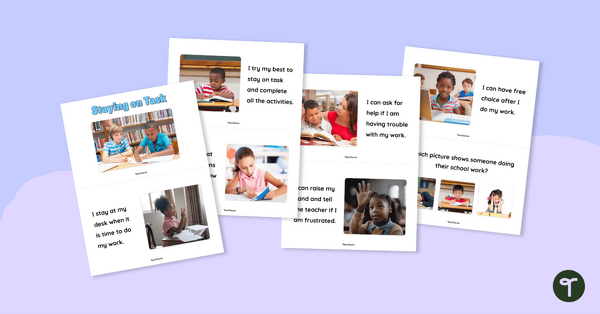
Staying on Task Mini-Book
Review different strategies for on-task behavior with this printable mini-book.
- Plus Plan
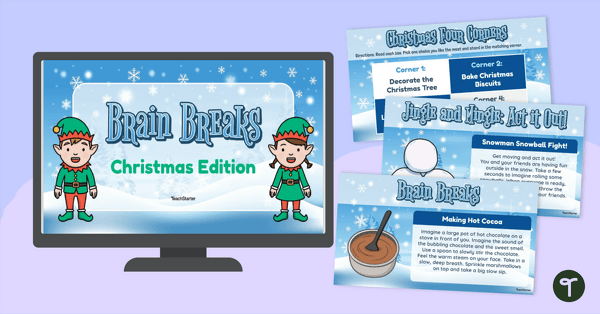
Christmas Brain Breaks - Activity Slides
Add some Christmas Brain Breaks to your classroom festivities to help boost engagement and attention during the holiday season.
- Plus Plan
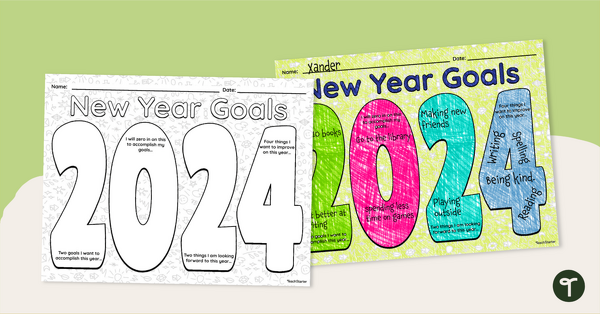
2024 Goal Setting Worksheet
Inspire your students to reflect and set goals for the new year with a Goal Setting worksheet.
- Plus Plan
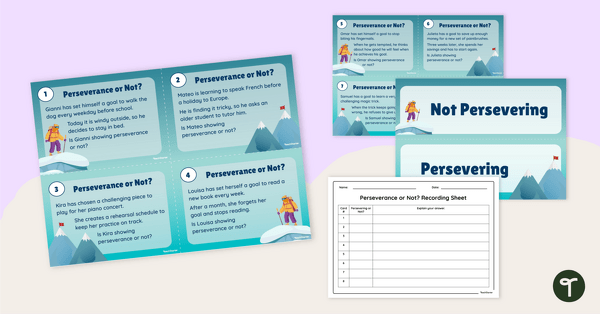
Perseverance or Not? Scenario Cards
Get students to explore real-life examples of perseverance with this set of 16 scenario cards perfect for developing students' social-emotional skills.
- Plus Plan
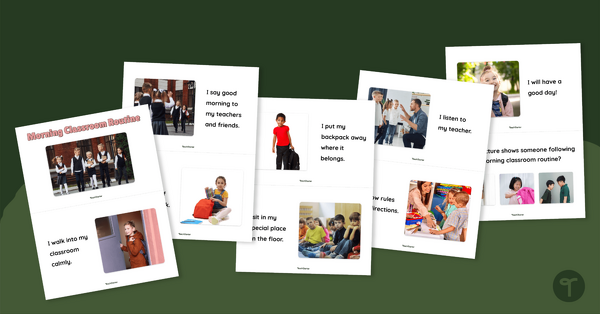
Morning Classroom Routine Mini-Book
Help your students develop a morning routine in the classroom by reading a printable mini-book.
- Plus Plan
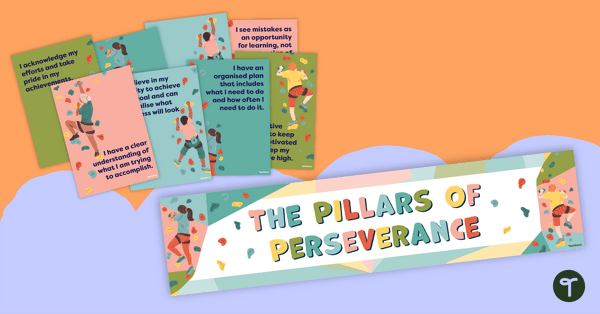
The Pillars of Perseverance – Bulletin Board Display
Teach students the definition of perseverance with this beautifully designed classroom display based on a rock climbing theme.
- Plus Plan
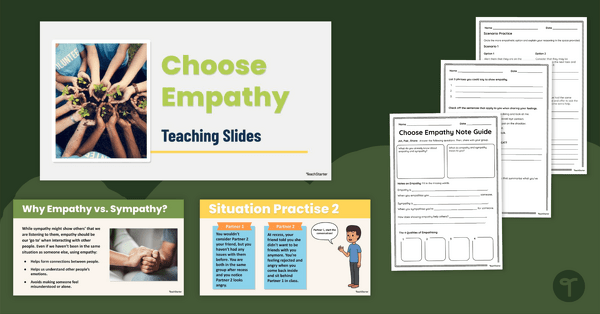
Choose Empathy Teaching Slides & Note Guide
Help your students understand the difference between empathy and sympathy while learning how to be empathetic with this set of teaching slides and note guide.
- Plus Plan
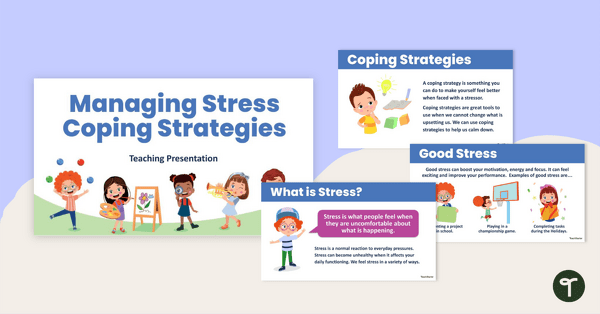
Coping Strategies for Managing Stress Teaching Slides
Use this informative set of 21 teaching slides to introduce or revisit coping strategies for students to manage stress.
- Plus Plan
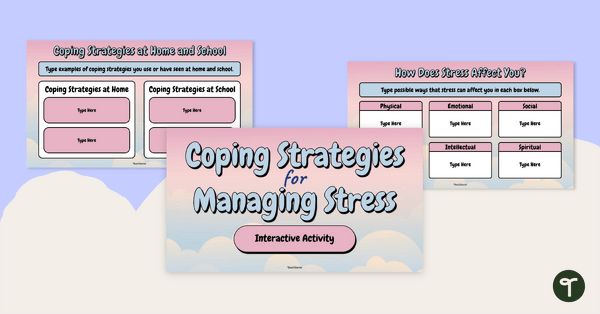
Managing Stress (Coping Strategies) Interactive Activity
Assign this interactive learning activity to your students to assess their knowledge of coping strategies for managing stress.
- Plus Plan
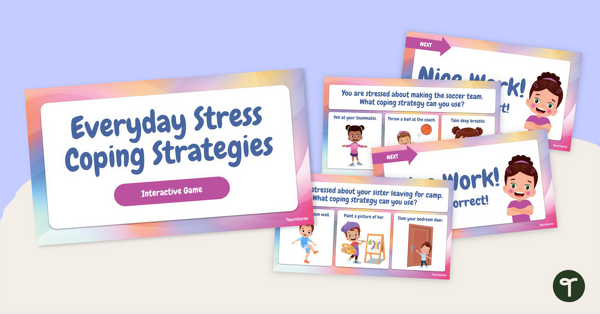
Everyday Stress Coping Strategies Interactive Game
Develop your students’ ability to effectively cope with everyday stress using this interactive learning game.
- Plus Plan
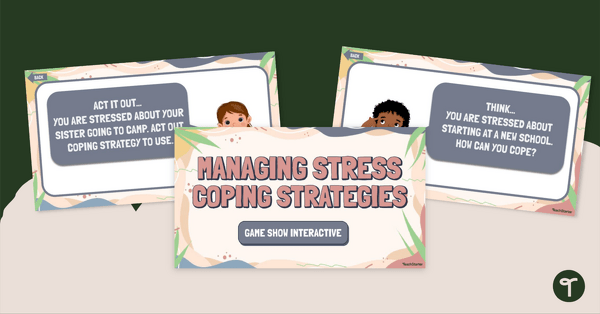
Managing Stress Game Show Interactive
Set up a gameshow in your classroom to reinforce your students’ ability to recognise and cope effectively with stress!
- Plus Plan
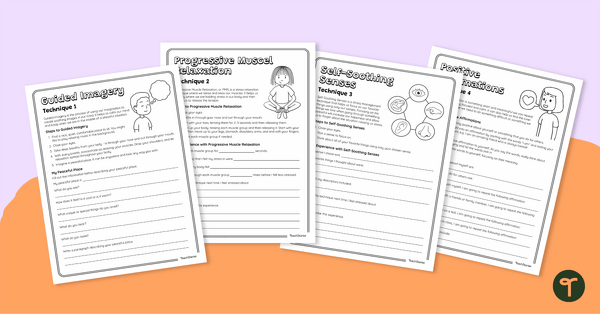
Stress Management Toolkit for Kids
Practice stress management techniques with your students with this set of 4 worksheets, which form a stress management toolkit for reference.
- Plus Plan
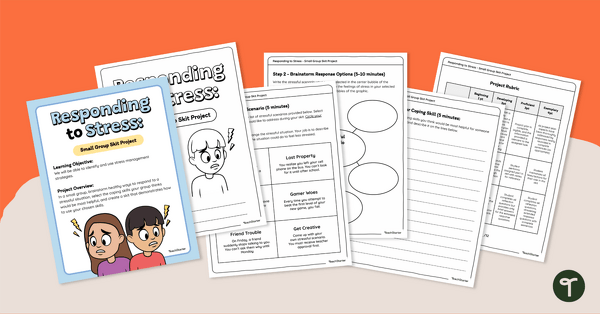
Responding to Stress: Small Group Skit Project
This small-group project lets students apply what they've learned about combatting stress by demonstrating practical coping skills.
- Plus Plan
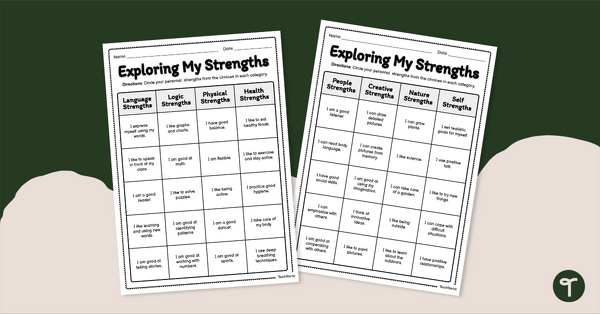
Exploring My Strengths Worksheet
Explore individual strengths with this My Strengths Worksheet.
- Plus Plan
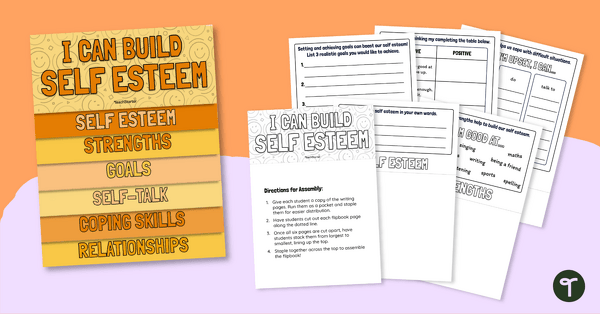
Self -Esteem Flipbook
Explore the topic of self-esteem with your students using this engaging flipbook template.
- Plus Plan
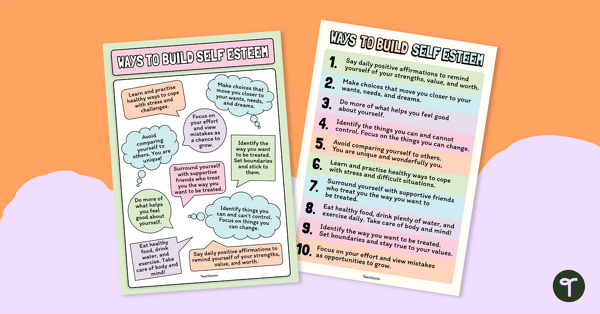
Ways to Build Self-Esteem Classroom Poster
Nurture your students by providing them with simple ways to build up their self-esteem with this set of classroom posters.
- Plus Plan
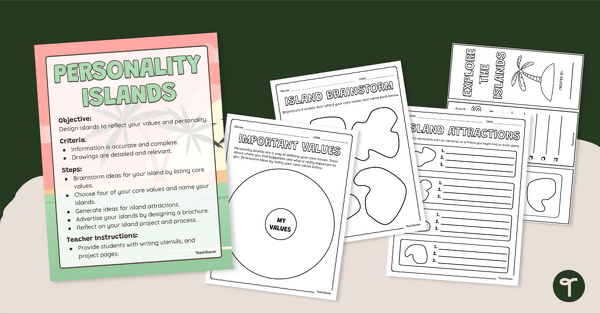
Personality And Values Activity (Personality Islands Project)
Explore your students’ personalities and values with this fun personality island project.
- Plus Plan
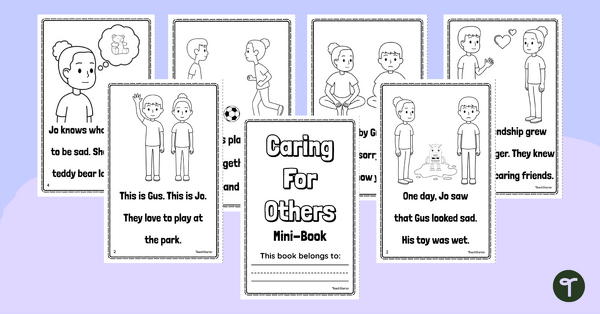
Caring for Others – Printable Empathy Book
Unlock the magic of empathy by giving your students a mini-book about how to connect, understand and make a difference through the simple act of caring.
- Plus Plan
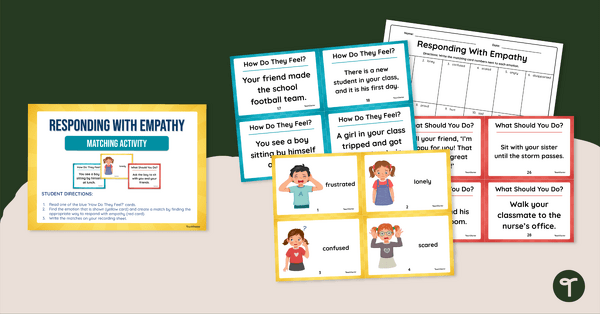
Responding With Empathy Matching Activity
Guide your students to identify emotions in others and select appropriate ways to respond with empathy with this matching activity.
- Plus Plan
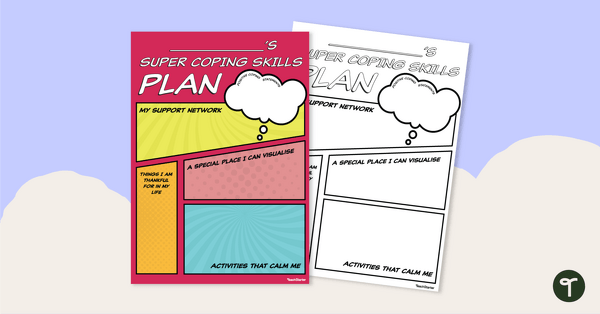
My Personal Coping Skills Plan – Template
Ensure your students have a personalised coping plan for those challenging moments with this comic-themed printable template.
- Plus Plan
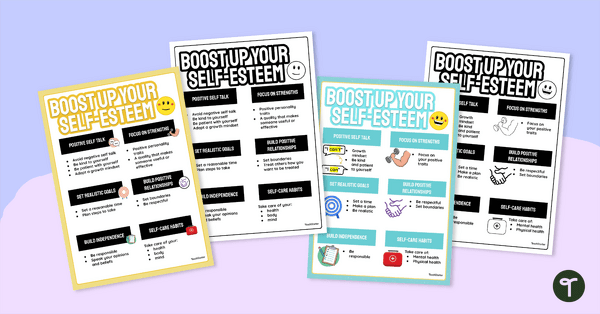
Building Self-Esteem Poster Set
Help your students learn how to boost their own self-esteem with this set of classroom posters.
- Plus Plan
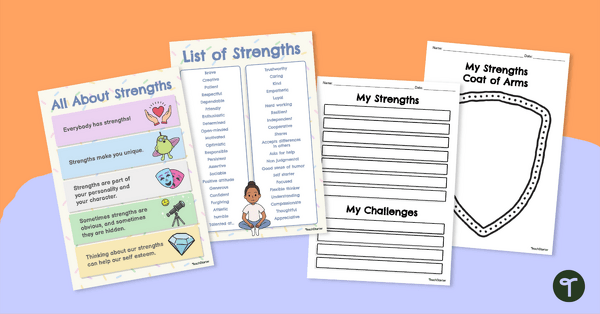
All About Strengths Poster and Worksheet Pack
Help your students identify their personal strengths and weaknesses with this poster and worksheet pack.
- Plus Plan
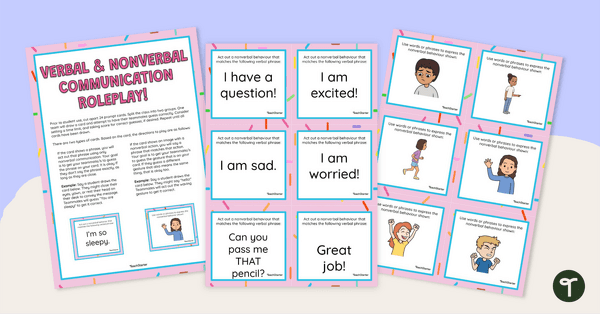
Verbal and Nonverbal Communication Roleplay Game
Use this active learning game to allow students to practise communication verbally and nonverbally, and interpret different verbal and nonverbal messages.
- Plus Plan
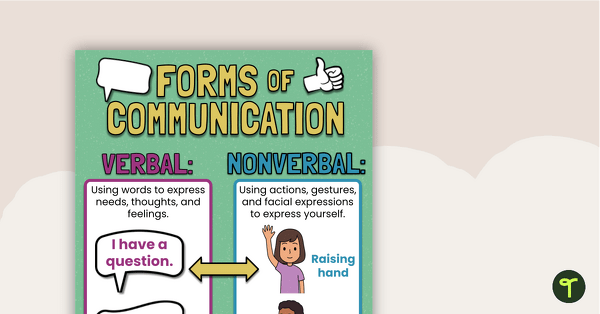
Verbal and Nonverbal Communication Poster
Teach your young students the key to communication by starting with the basics — the difference between verbal and nonverbal communication methods.
- Plus Plan

Chill Out! Calm Down Corner Poster
Welcome students into your class calm down corner with this cool classroom poster.
- Plus Plan
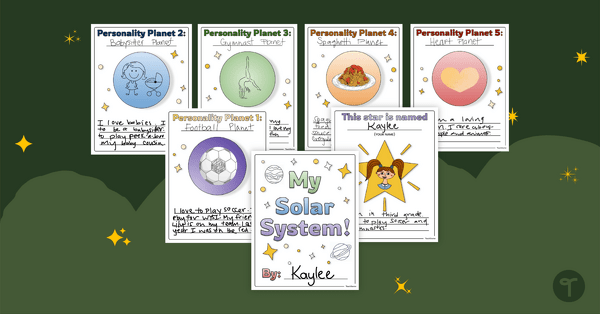
Personality Planets – All About Me Craftivity
Encourage students to reflect about what makes them unique and special with this all about me craftivity.
- Plus Plan
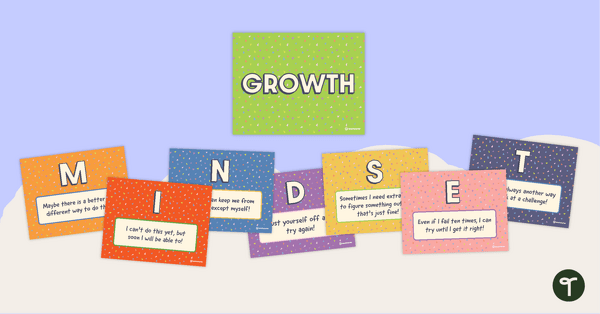
Growth Mindset Bulletin Board
Print a growth mindset bulletin board to display in your primary classroom.
- Plus Plan
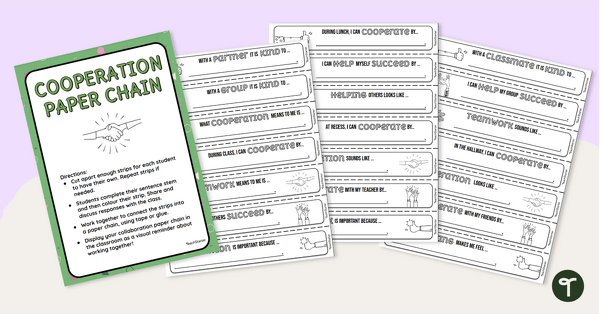
Cooperation Paper Chain
Work as a team to create a paper chain to serve as a reminder of the importance of cooperation.
- Plus Plan
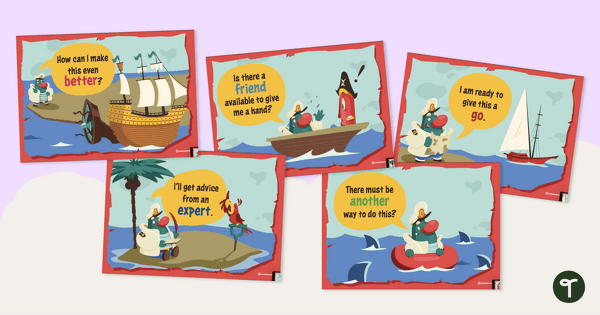
Are We There Yet? – Growth Mindset Progress Tracker
Help your students develop a growth mindset by reflecting on their learning progress with this progress tracking chart.
- Plus Plan
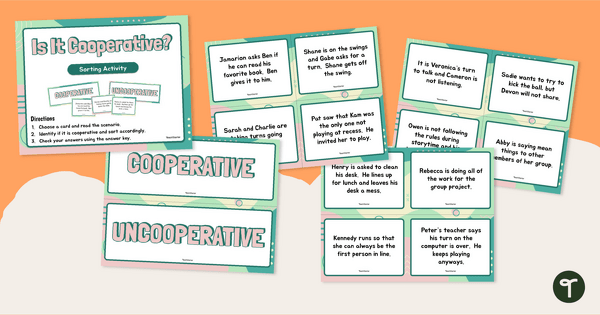
Is It Cooperative? Sorting Activity
Explore the difference between cooperative and non-cooperative behaviour with a sorting activity.
- Plus Plan
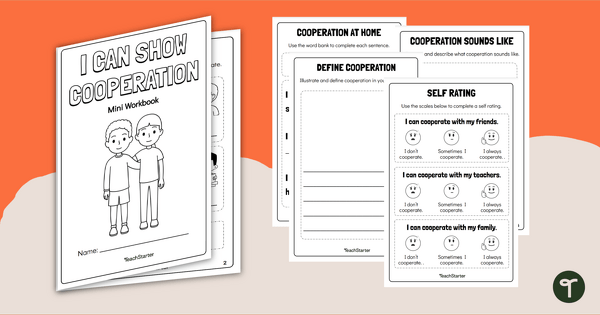
I Can Show Cooperation Mini Workbook
Help your students understand ways to show cooperation with a printable mini workbook.
- Plus Plan
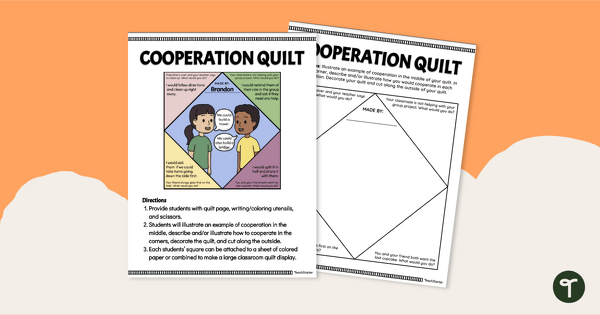
Cooperation Quilt Template
Promote cooperative behaviour amongst your students by engaging them in creating a collaborative Cooperation Quilt project.